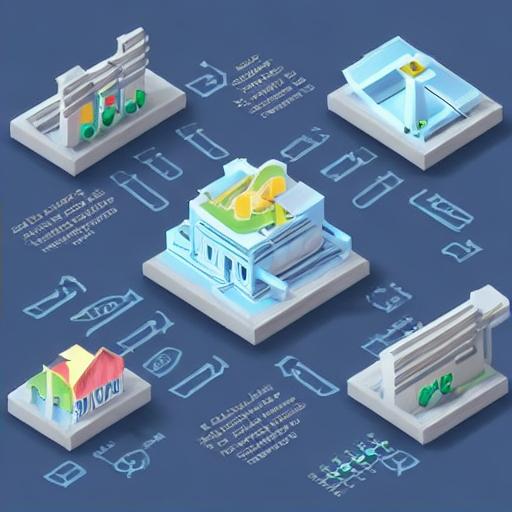
Internal linking is an essential aspect of search engine optimization (SEO) that is often overlooked. While most website owners focus on external backlinks, internal links play a crucial role in improving the overall performance and visibility of your website.
What are internal links? Simply put, internal links are hyperlinks that connect one page on a website to another page on the same website. These links help users navigate through your website and provide search engines with valuable information about the structure and relevance of your content.
But why are internal linking structures so important for SEO? Here are a few key reasons:
1. Improved Crawling and Indexing: When search engine bots crawl your website, they follow internal links to discover and index your content. By strategically placing internal links, you can ensure that all your pages are easily discoverable by search engines, increasing the chances of them being indexed and ranked.
2. Higher Page Authority: Internal links transfer link equity (ranking power) from one page to another within your website. By linking from high-authority pages to other relevant pages, you can pass on authority and help those pages rank better in search engine results.
3. Enhanced User Experience: Internal links provide website visitors with a seamless browsing experience by guiding them to related or relevant content. By recommending additional resources or related articles, you can increase user engagement and encourage them to explore more of your website.
4. Optimal Page Relevance: By using descriptive anchor text in your internal links, you can signal to search engines what a specific page is about. This helps search engines better understand the context and relevance of your content, which can positively impact your rankings for relevant keywords.
To maximize the benefits of internal linking, here are a few best practices to keep in mind:

– Prioritize Relevant and Contextual Links: Internal links should be placed in a way that makes sense to both users and search engines. Link to pages that provide additional value to the reader and are contextually relevant to the topic being discussed.
– Use Descriptive Anchor Text: Instead of generic phrases like “click here,” use descriptive anchor text that clearly indicates what the linked page is about. This helps search engines understand the relevance of the linked content and improves user experience.
– Avoid Keyword Stuffing: While anchor text is important for SEO, avoid overusing exact-match keywords. Natural and diverse anchor text with a mix of branded, generic, and related keywords is more beneficial and avoids potential penalties from search engines.
– Ensure a Logical Site Structure: Organize your website into logical categories and subcategories to create a clear and hierarchical structure. This allows search engines to understand the relationships between different pages and helps users navigate your website easily.
By implementing a strong internal linking strategy, you can enhance the visibility, authority, and user experience of your website, ultimately boosting your SEO efforts.
Click here to register for our free 50 point SEO technique course.








